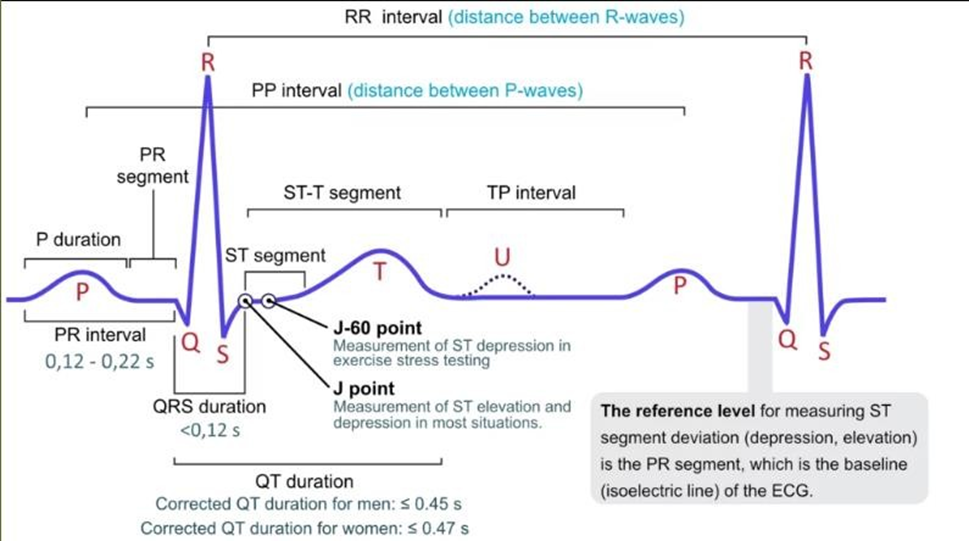A student nurse is learning about client safety. The student nurse should recognize that which of the following is true regarding client safety and prevention of harm?
Poorly coordinated care and nosocomial infections are examples of errors.
Handoff errors are not causes of adverse events.
Medication errors are intentional.
As many as 10% of medication errors are preventable.
The Correct Answer is A
A. Poorly coordinated care and nosocomial infections are examples of errors: Poorly coordinated care, such as miscommunication between healthcare providers or lack of continuity in care, and nosocomial infections (infections acquired in the healthcare setting) are examples of errors that can compromise patient safety and contribute to adverse events.
B. Handoff errors are not causes of adverse events: Handoff errors, including miscommunication during transitions of care, are significant contributors to adverse events in healthcare settings. Improper handoffs can lead to misunderstandings, delays in treatment, and errors in medication administration.
C. Medication errors are intentional: Medication errors are unintended and can occur due to various factors, including human error, system failures, and communication breakdowns. They are not intentional acts.
D. As many as 10% of medication errors are preventable: Medication errors are often preventable with the implementation of safety measures such as barcode scanning, medication reconciliation, and standardized protocols. The percentage of preventable medication errors may vary depending on the healthcare setting and the effectiveness of safety initiatives.
Nursing Test Bank
Naxlex Comprehensive Predictor Exams
Related Questions
Correct Answer is B
Explanation
A. Assist with passive range of motion exercises: While promoting mobility is important for overall well-being, it may not be the priority in a client with Pneumocystis jirovecii pneumonia, which requires respiratory support and oxygenation.
B. Monitor the pulse oximetry every two hours: Monitoring oxygen saturation is crucial in clients with Pneumocystis jirovecii pneumonia to assess respiratory status and the effectiveness of treatment. Hypoxemia is a common complication and requires prompt intervention.
C. Encourage 1 liter of fluid intake in 24 hours: Encouraging adequate fluid intake is important for hydration, but it may not be the priority over monitoring respiratory status in a client with pneumonia.
D. Encourage the client to focus efforts on discharge: Discharge planning is important but should not take precedence over immediate nursing care priorities such as respiratory assessment and monitoring.
Correct Answer is "{\"xRanges\":[104.2578125,134.2578125],\"yRanges\":[114.30078125,144.30078125]}"
Explanation

Whether you are a student looking to ace your exams or a practicing nurse seeking to enhance your expertise , our nursing education contents will empower you with the confidence and competence to make a difference in the lives of patients and become a respected leader in the healthcare field.
Visit Naxlex, invest in your future and unlock endless possibilities with our unparalleled nursing education contents today
Report Wrong Answer on the Current Question
Do you disagree with the answer? If yes, what is your expected answer? Explain.
Kindly be descriptive with the issue you are facing.
